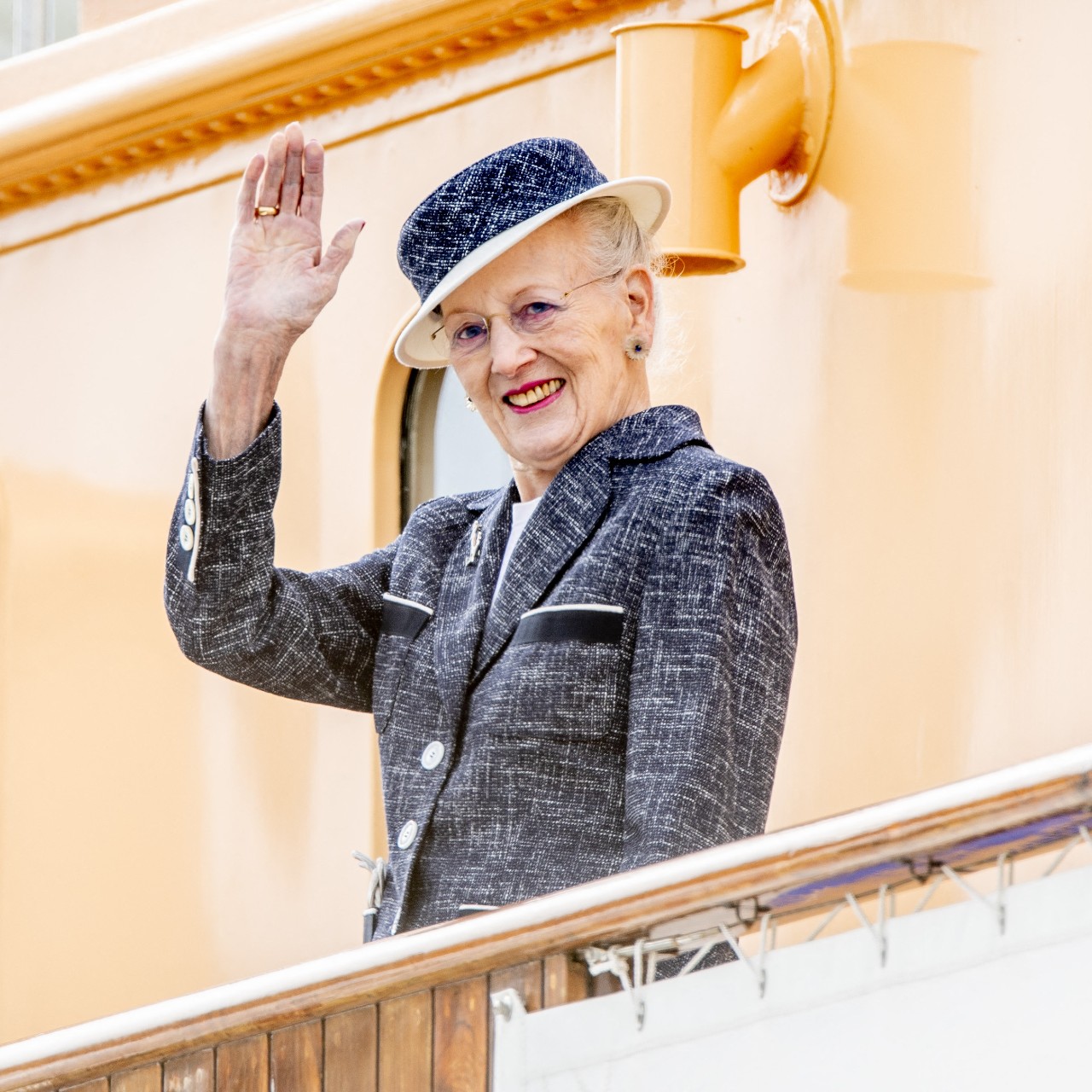
After Queen Elizabeth died in September 2022, only one queen regnant remained: Queen Margrethe of Denmark, who has been on the throne since 1972 and who announced that, after a 52-year reign, she would abdicate the throne in favor of her son, Crown Prince Frederik, effective January 14.
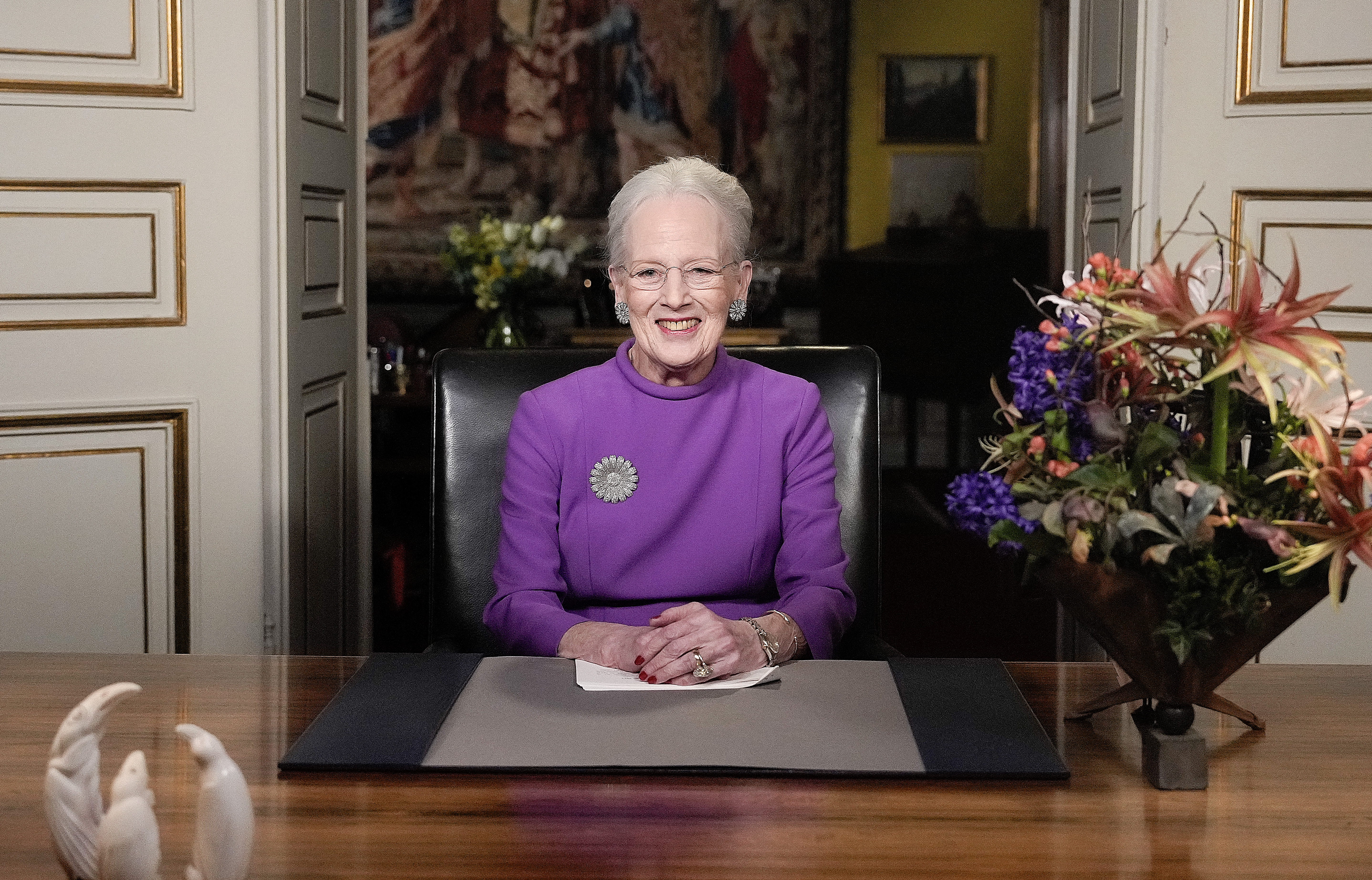
In addition to leaving the world without a single reigning queen—at least for now—the story out of Denmark is multi-layered, and perhaps not as cut and dry as it may seem. The obvious inclination—right, wrong, or indifferent—is to cite Margrethe’s age. She is 83, so many initially assumed that her abdication was simply to retire, to live out her remaining days without the pressure of the throne. But, as Queen Elizabeth herself showed (she was 96 at the time of her death and still reigning), monarchs typically don’t do that. Abdications only typically happen if something deeper is going on. Monarchs realize that, when they take the throne, it’s generally for life. Margrethe is the first Danish monarch to step down in over 500 years, People reports, and she previously alluded that she intended to reign for her whole life, echoing comments made by her third cousin, Queen Elizabeth, who said as much (and kept her word) in a speech made for her 21st birthday in 1947.
Here comes the potential reason: Margrethe’s heir, her eldest son Frederik, was very recently involved in a Rose Hanbury-esque scandal of his own in November, when he and Mexican-born socialite Geneveva Casanova (a name that sounds as though it came straight out of a movie) were photographed together during a private trip to Madrid, Spain. Casanova denied allegations of an affair with Frederik, and Frederik and his wife, Crown Princess Mary, have displayed a united front since the rumors began.

But then, Margrethe shocked the world in her New Year’s Eve speech when she revealed that she would step down as sovereign in just two weeks’ time—a move that may have been made to save Frederik and Mary’s marriage. “It’s possible that the Queen took this action because she would have been terrified of the marriage breaking up and the royal family losing Mary,” longtime author and royal commentator Phil Dampier, who has covered the Danish royal family for 20 years, told The Telegraph. (Mary is to Denmark much like Princess Kate is to the U.K.—fashionable and well-liked; Mary even somewhat resembles Kate physically.) “It would have caused major problems. The Queen has always seen Mary as a tremendous asset. It just seems an extraordinary coincidence that she should make this unexpected announcement just a couple of months after stories emerged of the Crown Prince supposedly having an affair. In two weeks’ time, the Prince and Princess will be pitched together as King and Queen and they will have to get on with it. The Queen may be thinking that they will patch up their differences and it will save their marriage.”

In early December, shortly after the news of a rumored relationship between Frederik and Casanova broke, Mary traveled without her husband to her native Australia to visit her family ahead of Christmas. She traveled with two of their four children.
Like Queen Elizabeth, Queen Margrethe is the longest-reigning monarch in her country’s history, and her decision to abdicate on January 14 specifically is meaningful: it marks the day she acceded to the throne at age 31 in 1972, following the sudden death of her father, King Frederik IX, in a story very similar to Queen Elizabeth’s own. In her speech, Margrethe said that reigning for 52 years “will leave its mark on anybody—also on me,” she said. “The time takes its toll, and the number of ailments increases. One cannot undertake as much as one managed in the past. In February this year I underwent extensive back surgery. Everything went well, thanks to the competent health personnel who took care of me. Inevitably, the operation gave cause to thoughts about the future—whether now would be an appropriate time to pass on the responsibility to the next generation. I have decided that now is the right time.”
Also influencing her decision could be that Prince Christian, Frederik and Mary’s eldest son and the heir to the throne, just turned 18 last October, and as an adult could be more ready to step into his new role as heir apparent.
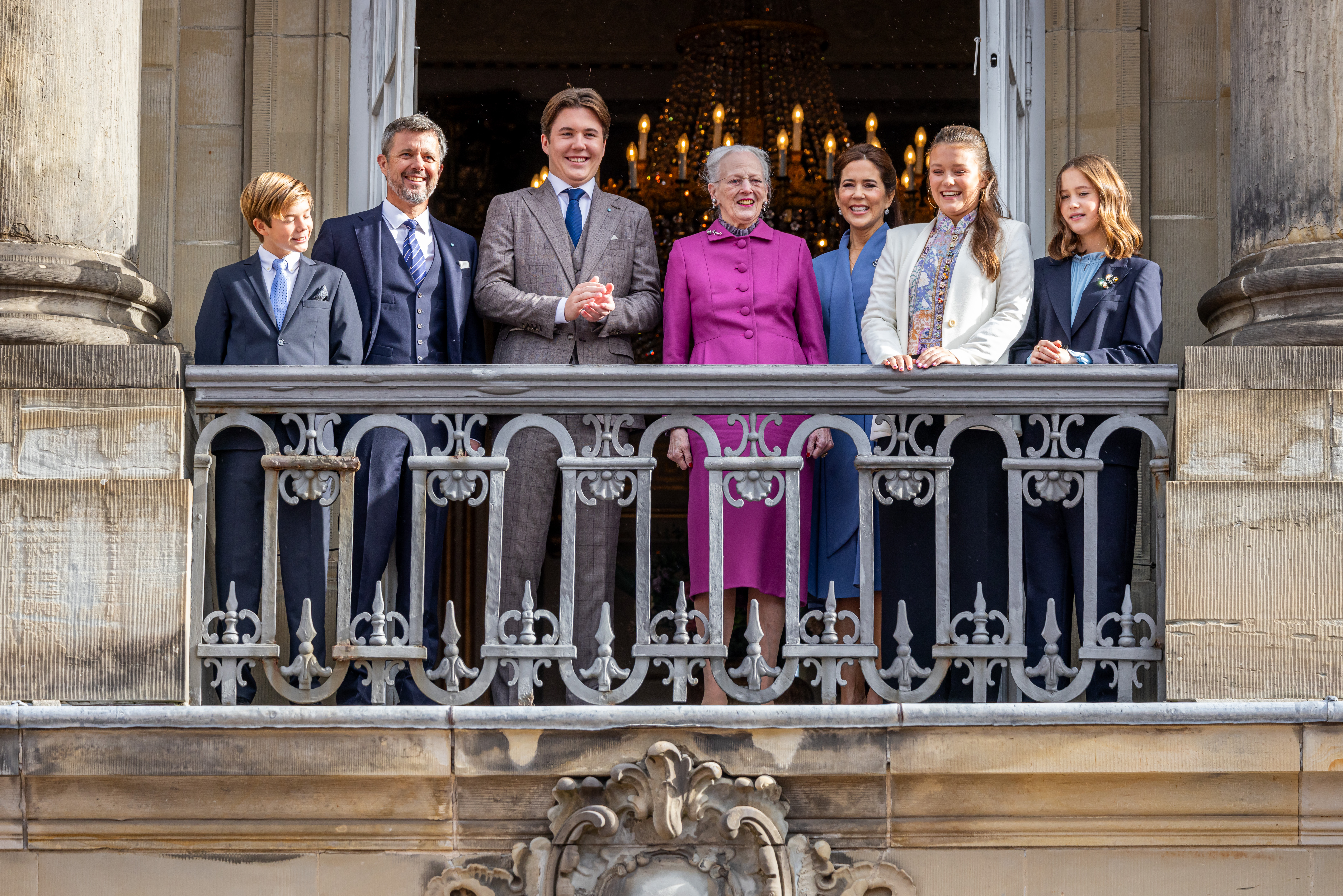
Dampier said that the Queen’s announcement “came completely out of the blue. I think a lot of Danes are quite shocked by it.” Margrethe herself said as recently as 2016 that she had no plans to ever abdicate, saying at that time “It’s always been you stay as long as you can. That’s what my father did, and my predecessors. And the way I see it, too.” Per The Daily Mail, she once claimed “I cannot envisage [abdicating] unless I fall hopelessly ill.”
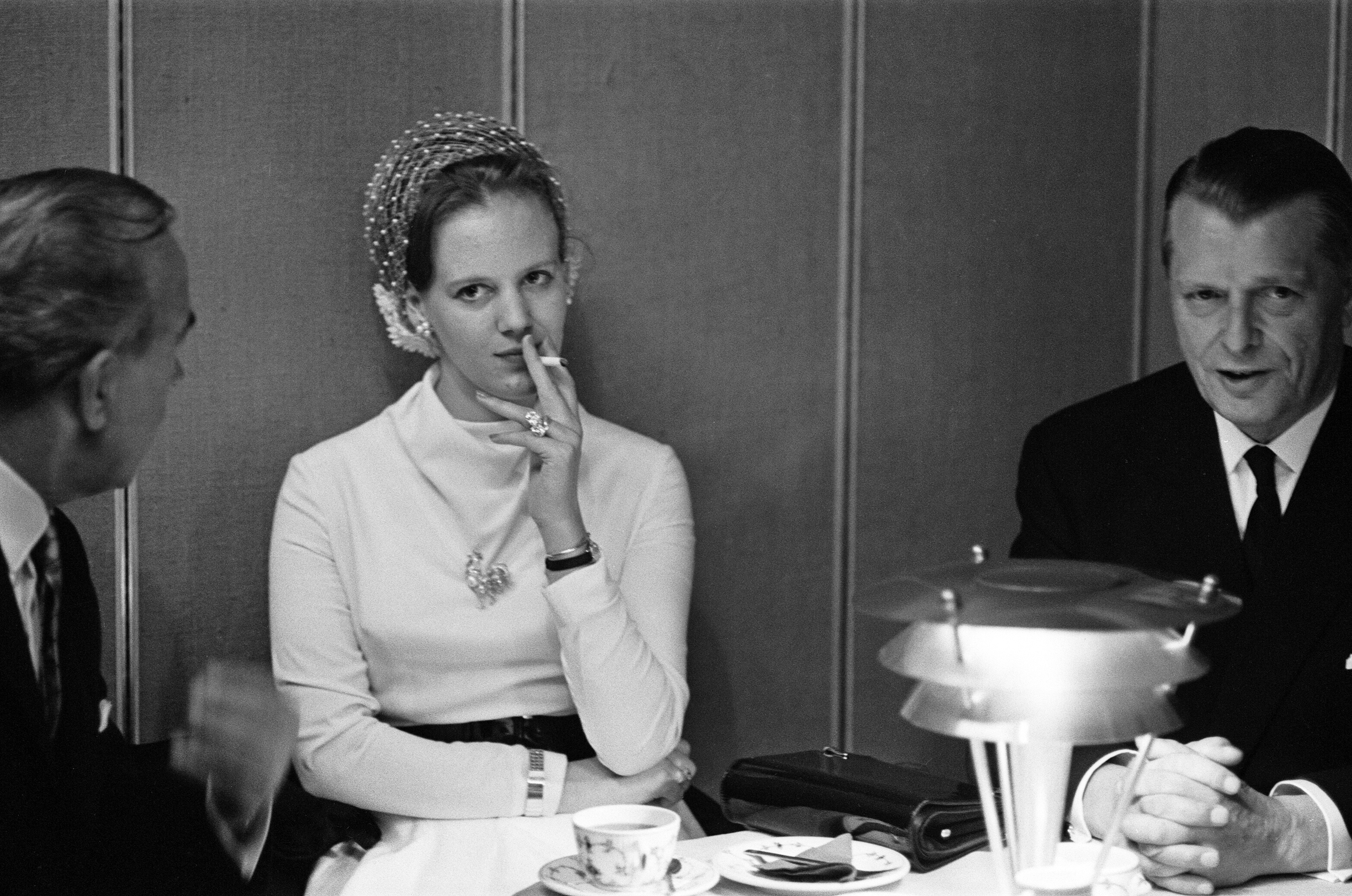
Margrethe, per Tatler, has been nicknamed “the ashtray Queen” for her reported habit of smoking as many as 60 cigarettes a day. (This habit stopped post-back surgery.) The outlet writes that she is credited with “making the Danish monarchy popular,” and The Times writes that she “refashioned the monarchy for a less instinctively reverent age through a mixture of humor, modernization, and judicious public engagement.” Tatler calls her the original multihyphenate queen: endlessly interesting, Margrethe speaks five languages and oversaw costume and set design for the Netflix drama Ehrengard: The Art of Seduction, “all while guiding the nation with a quiet, commanding presence,” the outlet reports. In 2022, if you’ll remember, Margrethe and the Danish royal family made headlines when she stripped the royal titles from the children of her younger son, Prince Joachim. She’s flamboyant, once helped illustrate the Danish edition of The Lord of the Rings (after sending author J.R.R. Tolkein her ideas via a piece of fan mail), is a skilled painter in both watercolor and acrylics, studied at the London School of Economics, and is known for wearing brightly colored raincoats.
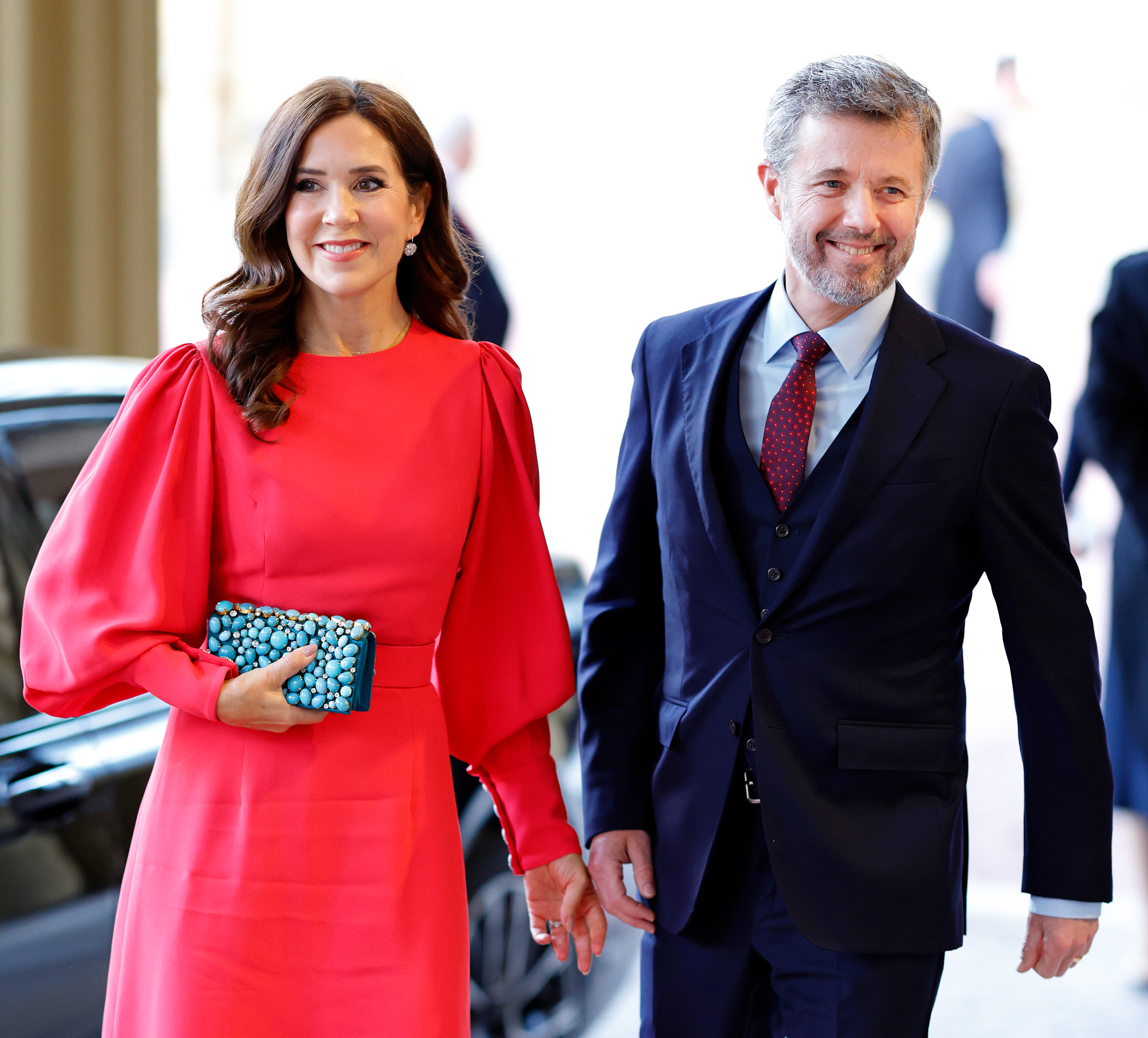
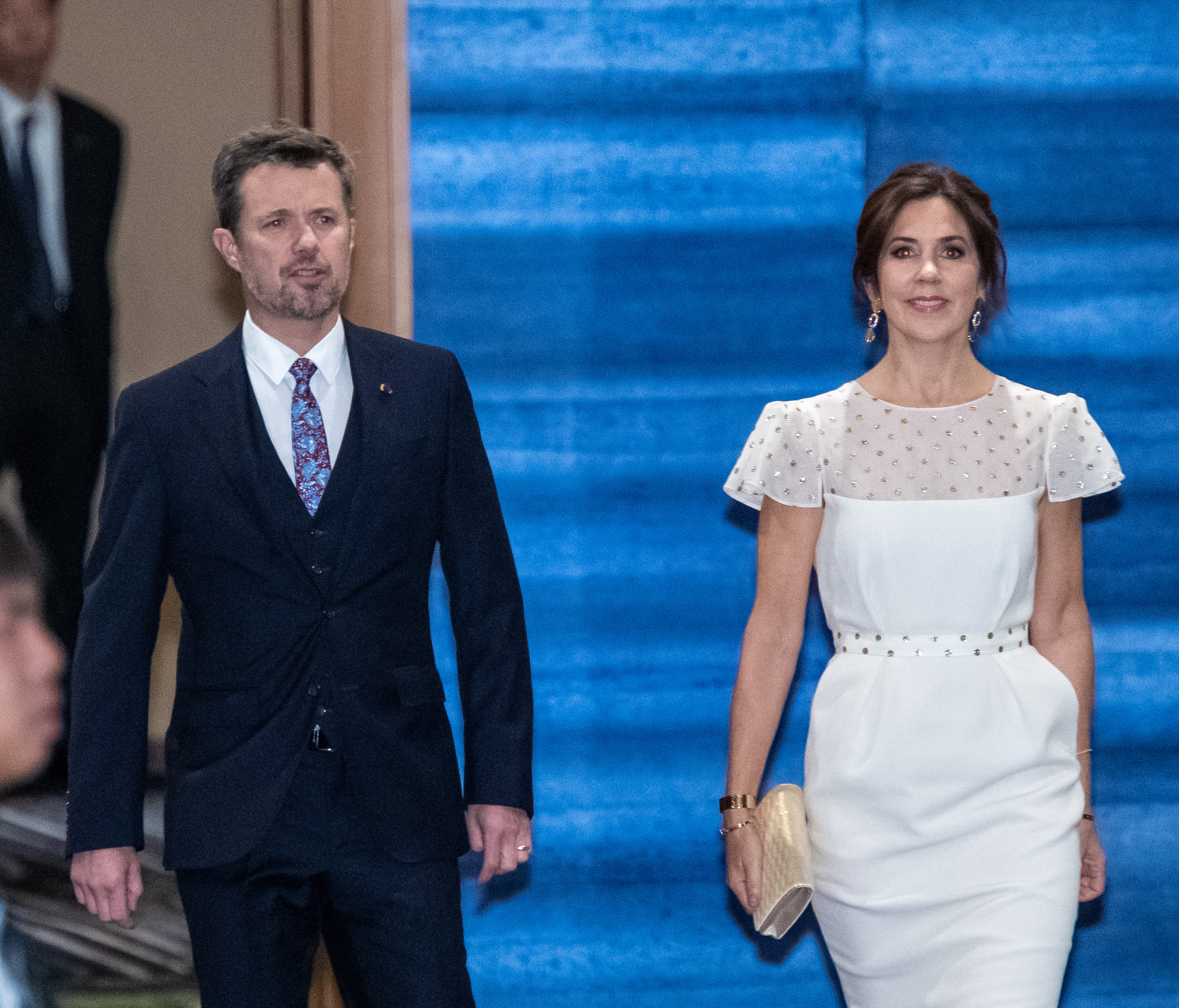
After first meeting at a bar in Sydney, Australia in 2000—where Frederik was visiting for the Summer Olympics—Frederik and Mary were engaged in 2003 and will celebrate 20 years of marriage this year. Often likened to a “real life fairytale,” the then Mary Donaldson was an advertising executive who had no idea who “Fred” was when they crossed paths at the Slip Inn that fateful day. When Mary becomes queen, she will be the first Australian-born queen ever.
And while Margrethe’s abdication leaves the world without a queen born into a royal family, it won’t be that way for long: Sweden, Belgium, the Netherlands, and Spain all have a female heir apparent—so the royal future is decidedly female.







